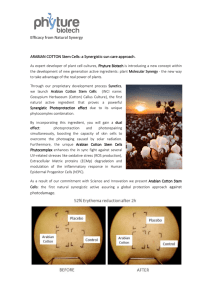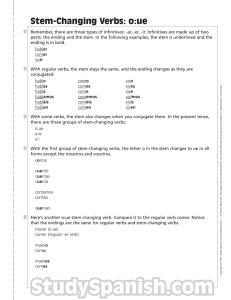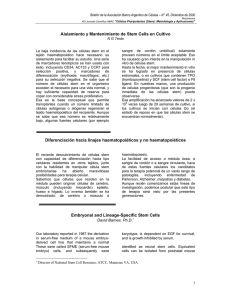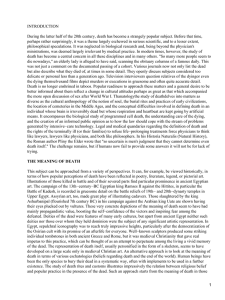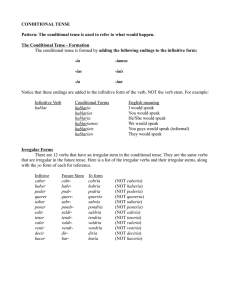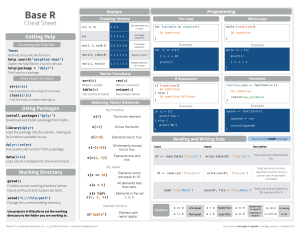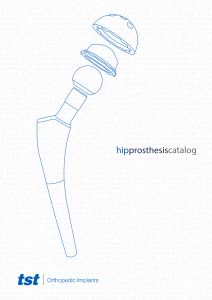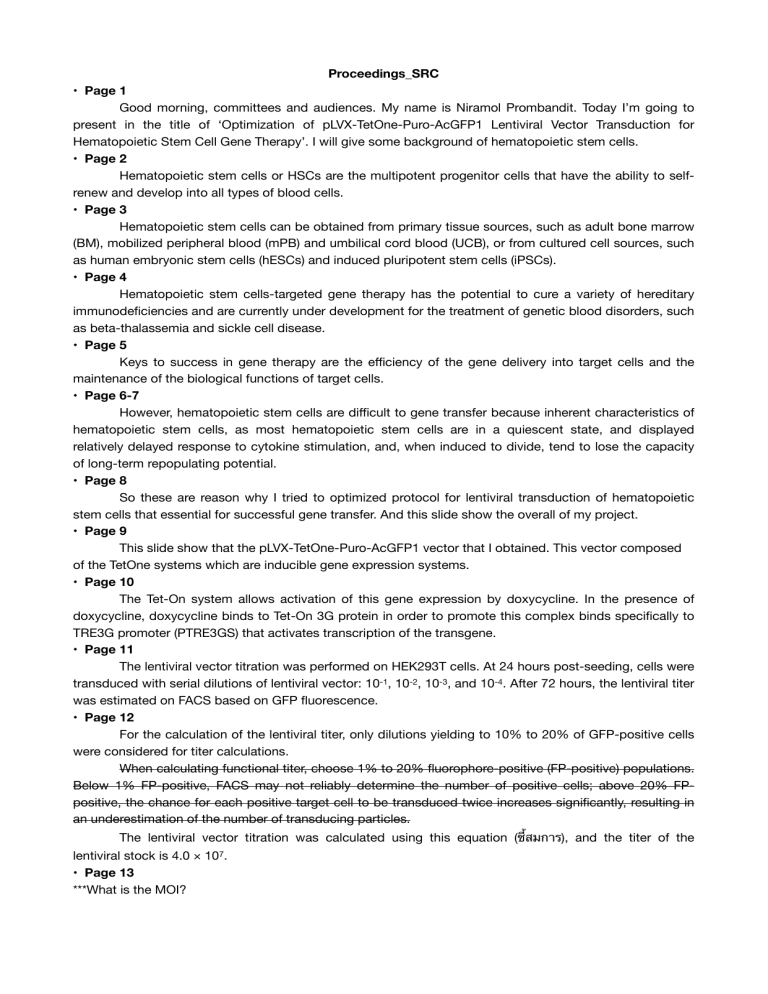
Proceedings_SRC • Page 1 Good morning, committees and audiences. My name is Niramol Prombandit. Today I’m going to present in the title of ‘Optimization of pLVX-TetOne-Puro-AcGFP1 Lentiviral Vector Transduction for Hematopoietic Stem Cell Gene Therapy’. I will give some background of hematopoietic stem cells. • Page 2 Hematopoietic stem cells or HSCs are the multipotent progenitor cells that have the ability to selfrenew and develop into all types of blood cells. • Page 3 Hematopoietic stem cells can be obtained from primary tissue sources, such as adult bone marrow (BM), mobilized peripheral blood (mPB) and umbilical cord blood (UCB), or from cultured cell sources, such as human embryonic stem cells (hESCs) and induced pluripotent stem cells (iPSCs). • Page 4 Hematopoietic stem cells-targeted gene therapy has the potential to cure a variety of hereditary immunodeficiencies and are currently under development for the treatment of genetic blood disorders, such as beta-thalassemia and sickle cell disease. • Page 5 Keys to success in gene therapy are the efficiency of the gene delivery into target cells and the maintenance of the biological functions of target cells. • Page 6-7 However, hematopoietic stem cells are difficult to gene transfer because inherent characteristics of hematopoietic stem cells, as most hematopoietic stem cells are in a quiescent state, and displayed relatively delayed response to cytokine stimulation, and, when induced to divide, tend to lose the capacity of long-term repopulating potential. • Page 8 So these are reason why I tried to optimized protocol for lentiviral transduction of hematopoietic stem cells that essential for successful gene transfer. And this slide show the overall of my project. • Page 9 This slide show that the pLVX-TetOne-Puro-AcGFP1 vector that I obtained. This vector composed of the TetOne systems which are inducible gene expression systems. • Page 10 The Tet-On system allows activation of this gene expression by doxycycline. In the presence of doxycycline, doxycycline binds to Tet-On 3G protein in order to promote this complex binds specifically to TRE3G promoter (PTRE3GS) that activates transcription of the transgene. • Page 11 The lentiviral vector titration was performed on HEK293T cells. At 24 hours post-seeding, cells were transduced with serial dilutions of lentiviral vector: 10-1, 10-2, 10-3, and 10-4. After 72 hours, the lentiviral titer was estimated on FACS based on GFP fluorescence. • Page 12 For the calculation of the lentiviral titer, only dilutions yielding to 10% to 20% of GFP-positive cells were considered for titer calculations. When calculating functional titer, choose 1% to 20% fluorophore-positive (FP-positive) populations. Below 1% FP-positive, FACS may not reliably determine the number of positive cells; above 20% FPpositive, the chance for each positive target cell to be transduced twice increases significantly, resulting in an underestimation of the number of transducing particles. The lentiviral vector titration was calculated using this equation (ชี้สมการ), and the titer of the lentiviral stock is 4.0 × 107. • Page 13 ***What is the MOI? - MOI is a ratio of infectious agents to infection targets. In many cases, It is the ratio of viral particles to target cells in a defined space, such as a cell cultured well. • Page 14 - For example, if you add 10 million viruses to 1 million cells, you would have an MOI of 10 and an average probability of 10 viral particles infecting one cells • Page 15 I evaluated conditions of MOI on hematopoietic stem cells from mobilized peripheral blood. The cells were pre-stimulated for 24 hours and transduced with the lentiviral vector at MOIs of 0, 0.1, 1, 5, 10 and, 25. The vector used was derived from the pLVX-TetOne-Puro and contains the AcGFP1 reporter gene. The transduction efficiency was monitored by flow cytometry analysis of eGFP at 72 hours. • Page 16 The result showed that an increase in the percentage of GFP positive cells correlated well with the increase in MOI, except MOI 25 (0%, 0.17%, 0.34%, 0.57%, 0.97% and 0%, respectively). • Page 17 To assess the effects of virus concentration on cell viability and hematopoietic stem cell function in this experiment, I analyzed the number of hematopoietic marker-expressing cells. CD34 and CD38 were used as surface markers to identify hematopoietic stem cells. CD34 is a transmembrane phosphoglycoprotein that is highly expressed in pluripotent stem cells and its expression gradually reduces as the level of maturation of hematopoietic cell lineages increases. CD38 is a type II glycoprotein that was described as a lymphoid cell surface differentiation marker. So the CD34+ cell subpopulation with low CD38 expression (CD34+ CD38- cells) is primitive hematopoietic stem cells. • Page 18 The result showed that the higher MOI resulted in more efficient lentiviral transduction while decreasing the percentage of primitive hematopoietic stem cell. So the lentiviral transduction at MOI of 10 is an optimal MOI due to this MOI give the highest lentiviral transduction efficiency and maintain the functional characteristic of primitive hematopoietic stem cells. • Page 19 To confirm the inducible expression of the pLVX-TetOne-Puro-AcGFP1 vector, I observed tetracycline-dependent induction of GFP in hematopoietic stem cells carrying this lentiviral vector. GFP expression was induced by doxycycline that had previously shown to be effective in inducing expression and did not inhibit cell growth. • Page 20 As shown in this picture, GFP expression was clearly induced when doxycycline was present (on) compared to when it was absent (off). These results indicate that the controllable induction of transduced hematopoietic stem cells can be seen by expression of GFP. • Page 21 I found that human mobilized peripheral blood-derived CD34+ hematopoietic stem cells can be transduced with lentiviral vectors at MOI 10. Moreover, our study also proved the efficiency of tetracyclineinducible system of the pLVX-TetOne-Puro-AcGFP1 vector.. • Page 21 I would expected that I will obtain the best lentiviral transduction protocol would contribute to highefficiency gene transfer, avoid the toxicity of lentiviral vector, and extend the length of transgene expression in targeted cells. And I hope that this procedure can be useful for hematopoietic stem cell-gene therapy which one of the approaches to cure the inherited blood diseases.
